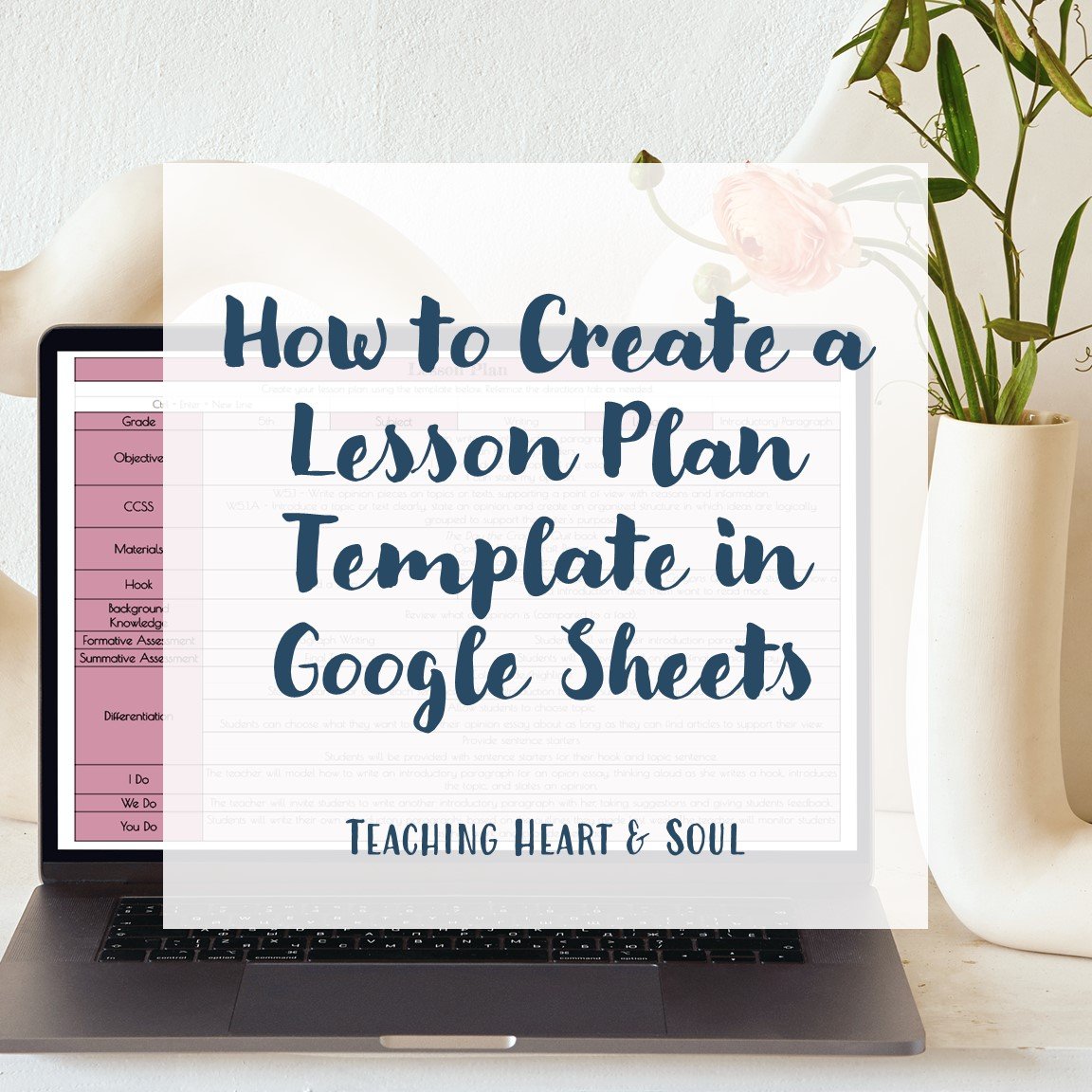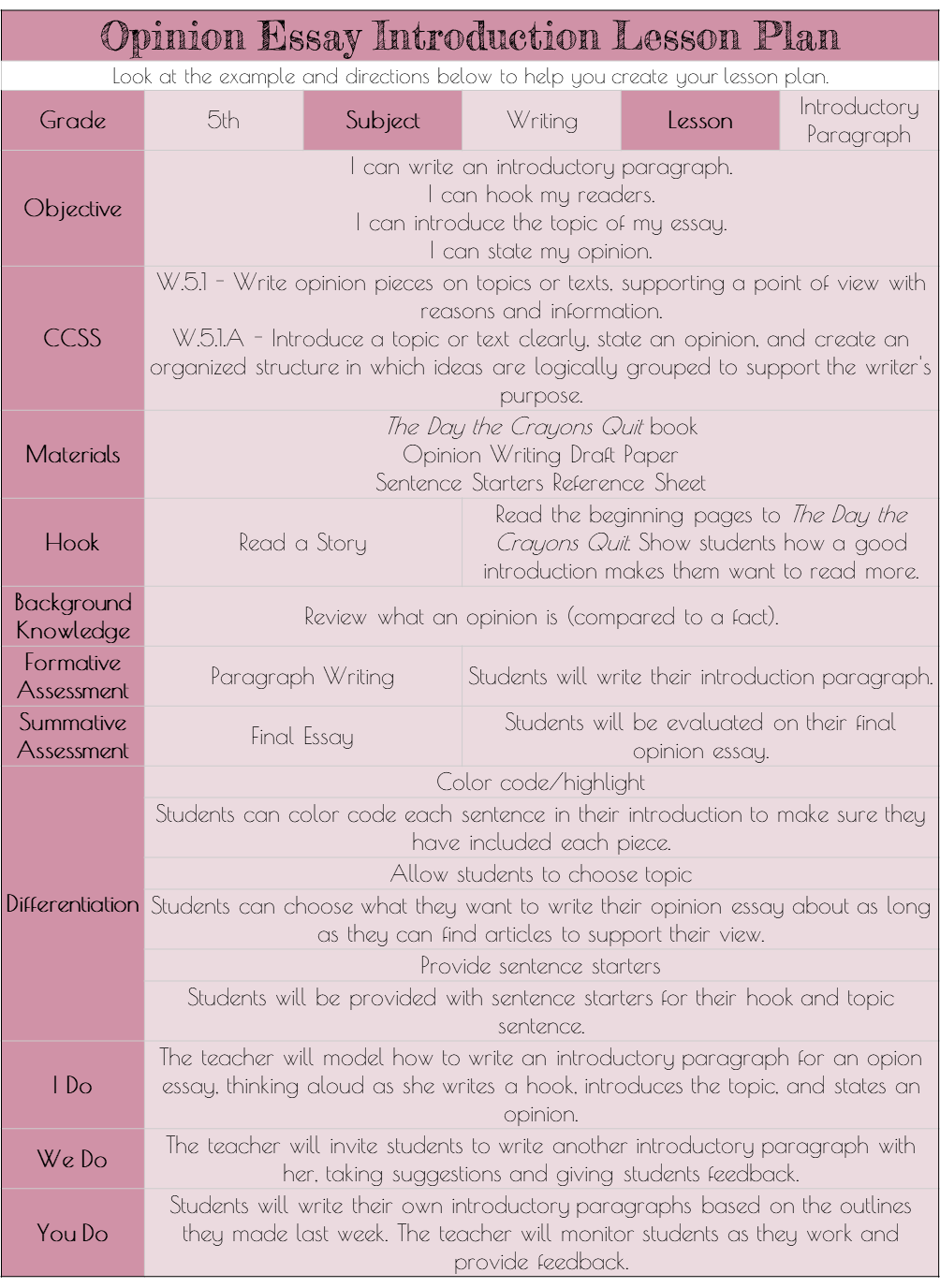Creating Lesson Plan Templates in Google Sheets as a Teacher
Lesson planning is such an important part of your role as a teacher, and having a lesson planning template makes planning so much easier.
Lesson plans allow instructors to plan out their day and outline what their scholars will be learning, how they will learn it, and how they will be assessed.
Lesson plans can vary in format and style, but they all serve the same purpose: to provide structure and clarity to the learning process. Consequently, it's important to find or create a lesson plan template that emphasizes these things.
In this blog post, we'll explore the benefits of using lesson plan templates and discuss the key elements that should be included in a lesson plan.
Benefits of Lesson Plan Templates
Using lesson plan templates can save teachers time and effort, especially when creating plans for multiple classes or subjects. Templates provide a starting point, allowing teachers to focus on the content of the lesson rather than the formatting of the plan.
Additionally, professionally designed templates can help teachers create visually appealing and organized lesson plans that are easy to read and understand. By using editable lesson plan templates, teachers can customize the plan to their specific needs and preferences, ensuring that each lesson is unique and tailored to their students.
Elements of a Lesson Plan
A well-designed lesson plan should include several key elements.
State Standards
State standards are a set of guidelines that define what students should know and be able to do at each grade level. The most familiar standards might be the Common Core Standards.
State standards help teachers develop effective lesson plans that are aligned with the learning goals set by their state. This helps teachers focus their instruction on the most important concepts and skills and provides a common language for discussing progress.
Incorporating state standards into lesson plans is important because it helps to ensure that students develop the knowledge and skills they need to succeed in their future endeavors.
Teachers should include the state standards on their lesson plan template so that they can make sure their lesson is aligned with state expectations.
Example
CCSS.ELA-LITERACY.W.5.1 Write opinion pieces on topics or texts, supporting a point of view with reasons and information.
CCSS.ELA-LITERACY.W.5.1.A Introduce a topic or text clearly, state an opinion, and create an organized structure in which ideas are logically grouped to support the writer's purpose.
Learning Objective
Learning objectives are similar to state standards in that they describe what students should be learning, but they are written in more student-friendly language and should be articulated before the lesson so that students know what they should focus on.
A great way to make the lesson objective student-friendly is to turn it into an "I can" statement. (See the example below.) You can also start learning objectives with the phrase "Students will be able to". For example, "Students will be able to write an engaging hook to engage their readers." However, this language is geared more toward teachers than students.
Learning objectives should align with state standards and describe what students should be able to do by the end of a lesson.
Having a clear objective for a lesson helps teachers stay focused on the concepts and skills that they are teaching and ensures that lessons are relevant to the overall learning goals.
Including your learning objectives in your lesson plans is important because it helps you stay on track as you plan and deliver your lesson. It's also helpful to have the learning objective listed on the lesson plan so that you can easily write it on the board for students to see throughout the lesson.
Teachers should include a space for learning objectives in their lesson planning template so that students know what they should focus on and whether they met the expectations.
Example
I can write an introductory paragraph.
I can hook my readers.
I can introduce the topic of my essay.
I can state my opinion.
Materials
The materials list outlines the resources and tools needed to deliver the lesson.
It is helpful to have a materials list in your lesson plan so that you make sure you are prepared and have everything you need before you start your lesson. For example, a lesson might require a book, video clip, graphic organizer, and exit ticket. It is important to know to gather these items so that you are not looking for them in the middle of your lesson.
Example
The Day the Crayons Quit book
Opinion Writing Draft Paper
Sentence Starters Reference Sheet
Hook
A hook gets students interested in the lesson right away. There are many things you can do to hook your students into a lesson. A lesson hook is a great way to get engagement getting into the heart of the lesson.
Read about 21 Lesson Hook ideas HERE.
Example
Read the beginning of the book The Day the Crayons Quit.
Show students how a good introduction makes them want to read more.
Background Knowledge
Many lessons require students to have certain background information. They may draw on information students should already have learned in life or in past lessons or grades.
To make sure students will understand these lessons, it is important to teach or review any important background information they may need. This may include reviewing previous lesson content or discussing certain historical events.
Example
Review what an opinion is compared to a fact.
Formative & Summative Assessments
The assessment component should provide a way to measure and evaluate student learning. This can be done through formative and summative assessments.
Formative assessments are more casual and are used to inform future lessons or reteaching, while summative assessments are more final.
Read more about formative and summative assessments HERE.
Example
Formative Assessment - Paragraph Writing - Students will write their introduction paragraph.
Summative Assessment - Final Essay - Students will be evaluated on their final opinion essay.
Differentiation
It is important that each child's needs are met when teaching a lesson. This can be done through differentiation: by tailoring instruction to meet individual needs so that everyone can access learning.
Read about 41 differentiation strategies HERE.
Example
Color code/highlight - Students can color code each sentence in their introduction to make sure they have included each piece.
Provide sentence starters - Students will be provided with sentence starters for their hook and topic sentence.
I Do, We Do, You Do Teaching Steps
This section is the heart of the lesson: what the instructor and children will do throughout the lesson. These teaching steps describe the instruction and sequence of learning activities that will take place during the lesson.
Example
I Do - The teacher will model how to write an introductory paragraph for an opinion essay, thinking aloud as she writes a hook, introduces the topic, and states an opinion.
We Do - The teacher will invite students to write another introductory paragraph with her, taking suggestions and giving students feedback.
You Do - Students will write their own introductory paragraphs based on the outlines they made last week. The teacher will monitor students as they work and provide feedback.
Sample
Here is a sample of what the lesson plan template would look like for a lesson on teaching students to write an introductory paragraph for an opinion essay in 5th grade:
Benefits of Using Google Sheets Lesson Plan Templates
Having an organized and detailed lesson plan can reduce stress and anxiety for instructors, leading to more effective and enjoyable teaching experiences.
Templates can help teachers streamline the lesson planning process, allowing them to focus on developing hands-on and engaging activities that meet the desired learning outcomes.
Google Sheets and Google Docs offer excellent tools for designing and sharing lesson plans. Google Sheets lesson plans can be used to organize plans for multiple classes or subjects, while Google Docs can be used to make and share individual lesson plans with other teachers or administrators. Daily lesson plan templates can also be created in these platforms, allowing for easy organization and access to lesson plans.
Lesson Planning Template
Lesson planning just got easier with this Google Sheets lesson planning template you can customize!
Organize your your lesson plans by including learning objectives, common core standards, background knowledge, and teaching steps.
This lesson planning template includes space for lesson hooks to make sure you have engaging lessons. (21 lesson hook ideas are included!) It also includes a drop-down menu to easily add these lesson hooks to your lesson plan.
41 differentiation strategies and examples are also included in this template, complete with drop-down menus.
This editable lesson plan template includes formative and summative assessment tips and ideas too!
These lesson plan templates use the I Do, We Do, You Do method to create engaging lessons for your classroom.
Save time and prepare for the lesson, day, week, and year quickly. Make the planning process easy so you can spend more time with your students.
There are a few other products that you might be interested in below:
Editable Lesson Plan Template in PowerPoint
FREE Rubric Template to print and fill out or fill out and print
FREE Exit Tickets for your classroom (as well as a bunch of other resources!)
Conclusion
Using editable and professionally designed templates in programs like Google Sheets and Google Docs can help streamline lesson planning, providing teachers with more time to focus on creating engaging and effective lessons and get back to the heart and soul of teaching.
Further Reading
If you're interested in finding out more about some of the things you can add to your lesson plan, check out these blog posts:




